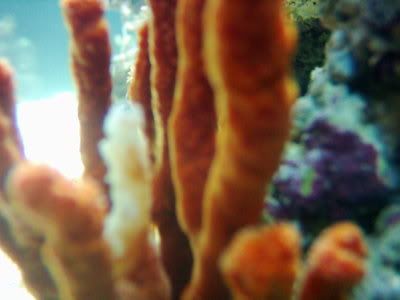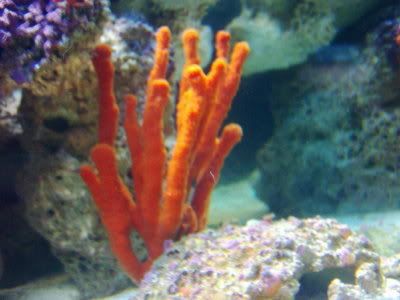rykna
Active Member
I have only one sponge, a orange tree sponge. I've read in many books that exposing a sponge to air equals instant death. Now do they mean a lengthy exposure to air like leaving your sponge on the kitchen counter for a few minutes while shiffling rocks in your tanks, or are they talking about the few seconds the sponge is in the air before you put it into your tank. Mine has be exposed to air on the top most tip when I was transfering it. I was horrified that I had surly killed it. That was almost 3 weeks ago.....nothing happened. The sponge is fine.So what does this mean????? just curious to get your thoughts :thinking:






